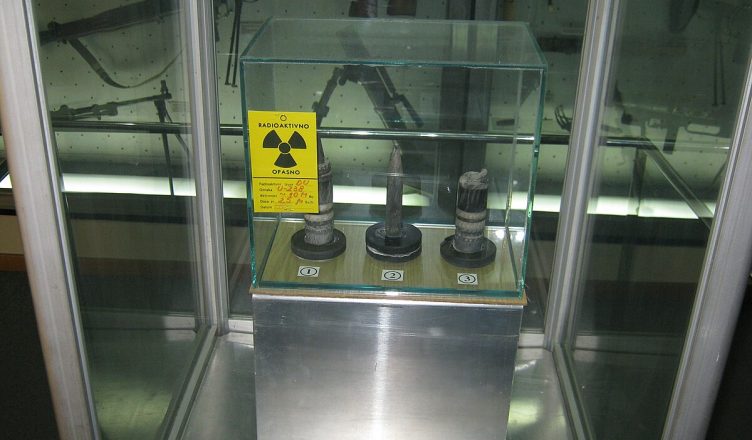The British government recently made a decision to send depleted uranium weapons to Ukraine. On March 20th junior defence minister baroness Annabel Goldie revealed in a parliamentary written answer that the advanced Challenger 2 tanks that are being supplied will have RM3 armour piercing depleted uranium (DU) rounds. The tanks were recently delivered.
Similarly, the Biden administration also recently decided to supply deleted uranium shells for M1A1 Abrams tanks that the US will supply to Ukraine.
DU is a byproduct of the nuclear fuel cycle, so plenty of it is readily available.
Depleted uranium ammo has been used in the Gulf War in 1990-1991, the Kosovo conflict in the Balkans in 1998-1999 and in U.S. operations in Iraq and Afghanistan.
As a very dense heavy metal deleted uranium is extremely good at piercing tank armour., about 1.7 times more effective than lead. It then breaks up into tiny fiery particles that destroy everything inside a tank.
A fine dust is created that is radioactive AND highly toxic. Anywhere where they are used will be contaminated and it is impossible to completely decontaminate such sites.
This dust can be absorbed by humans through food or by breathing it in., or through shrapnel fragments lodged in bodies. It can cause alteration and damage to the genome, malformations of the human body in the womb, impaired fertility in both men and women, cancer in almost all organs, kidney failure and behavioural problems.
Whilst the UK is supplying DU to Ukraine, it is phasing out its use in the new Challenger 3 tanks due to appear in 2027 for use by its armed forces . The USA is also phasing out its use in a process due to be completed by 2026.
The use of depleted uranium in Ukraine will have a long-term effect on both the environment and people.

